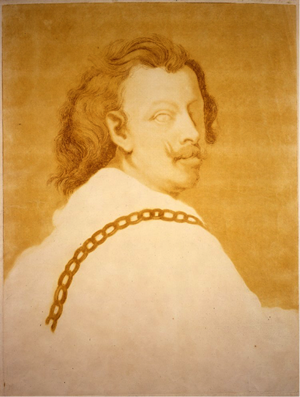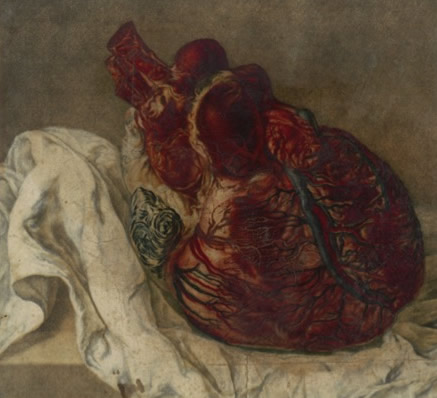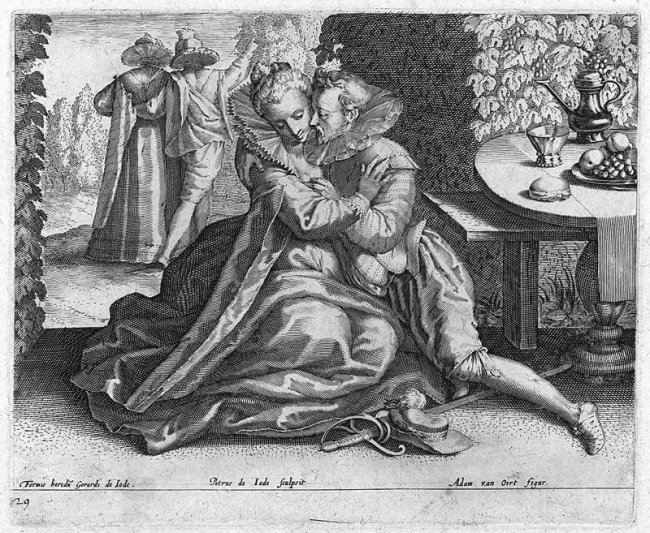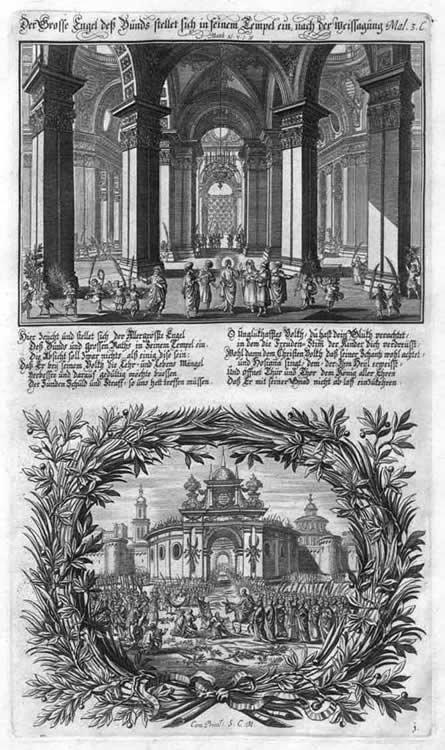Jacob Christoff Le Blon (1667–1741) moved to Amsterdam in 1703 when publishers were producing a la poupée inked colour prints.

Le Blon moved from Holland to London in 1718, together with his assistants the brothers Jan L'Admiral (1698-1773) and Jacob L'Admiral (1700-1770), both born in Amsterdam. He was granted an English royal privilege for his trichromatic printing process and with the help of Colonel John Guise set up the Picture Office for the production and sale of his works after oil paintings of prominent Old Master artists such as Rubens, Van Dyck, Correggio, Maratti and Titian, most of them in London collections. He promoted his work calling it a "New Invention for Multiplying Pictures by Impression with their Natural Colours" in the local newspapers. After an initial success, producing likely thousands of colour prints of which a mere hundred are left, the business failed.
The Picture Office went bankrupt, was dissolved in 1726 and Le Blon instead turned to the manufacture of tapestry by means of trichromatic weaving, for which he received a privilege in 1727. He established a manufactory at Chelsea and obtained permission to have Raphael's tapestry cartoons in the Royal Collection copied. Just one sample of the Head of Christ (from Raphael's Miraculous Draught of Fishes) is known. This business also failed and he had to leave the country.

The L'Admiral brothers already had left London for Paris in 1723. Eventually they returned to Amsterdam, where Jan set up a new printmaking enterprise producing colour illustrations applying Le Blon's process for six medical pamphlets and a single sheet print after a preparation of a human heart (Fig. 2).
Jacob got a position as national inspector of measures and weights, but in between published his entomological studies illustrated with etchings of caterpillars, butterflies and the plants they lived on.
The oeuvres of Le Blon and the brothers L'Admiral already appear in the first Hollstein volumes. The images are in black-and-white and the descriptions are largely based on Hans Singer's catalogues of 1901 and 1917. The forthcoming New Hollstein Dutch & Flemish volume will be much more comprehensive, showing all the colour trial proofs by Le Blon and Jan L'Admiral. All the prints will of course be illustrated in colour to show the full ambition and variety of these large and rare prints. The introduction will give a fresh overview of the careers of Le Blon and the L'Admiral brothers, including an essay by Helen Wyld on Le Blon's trichromatic weaving project.
Compiler: Ad Stijnman
Editor: Simon Turner



